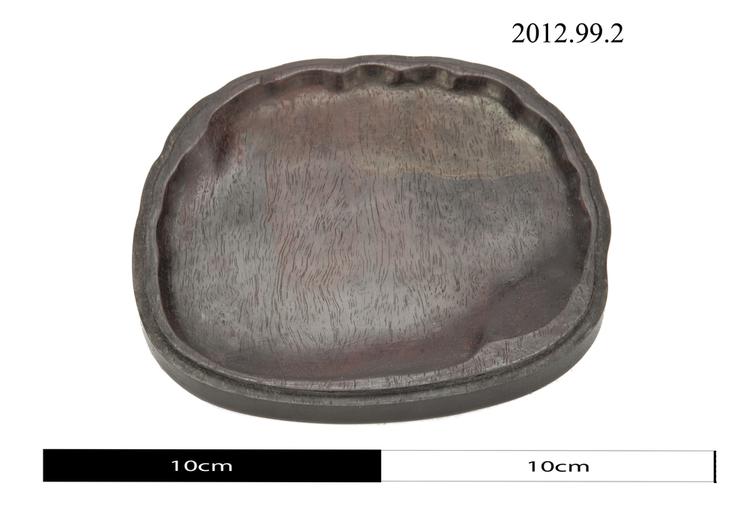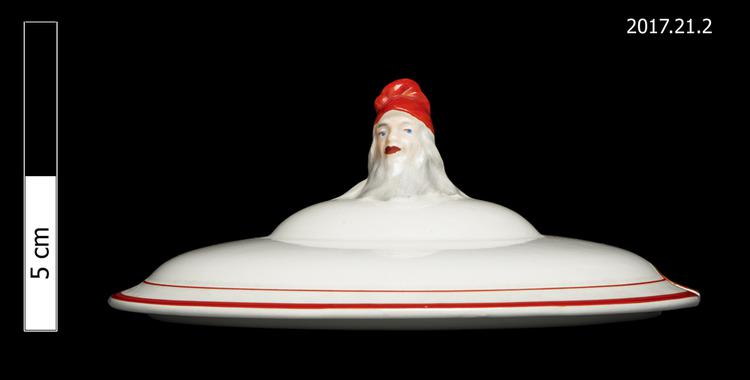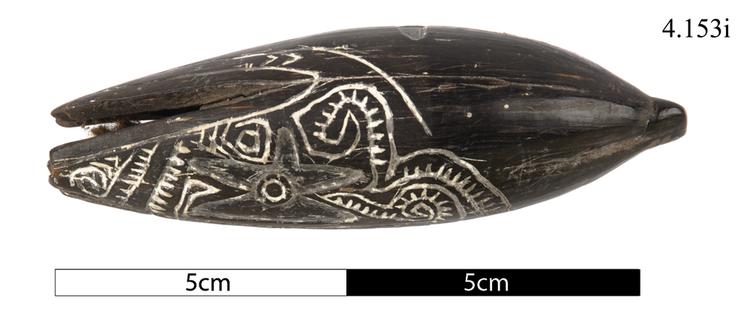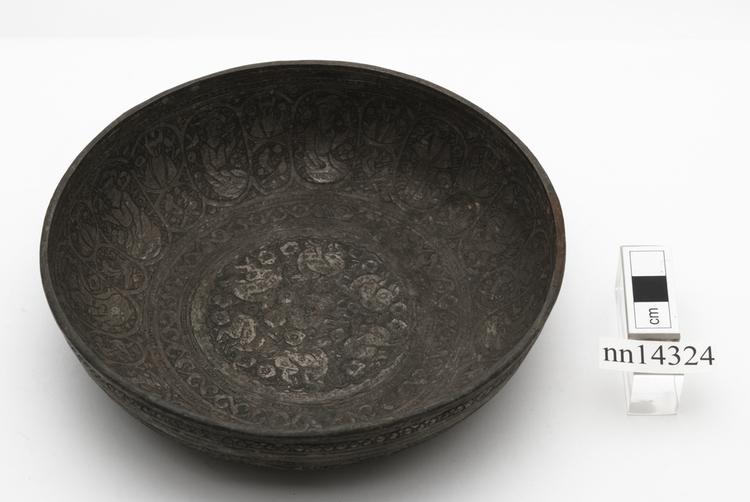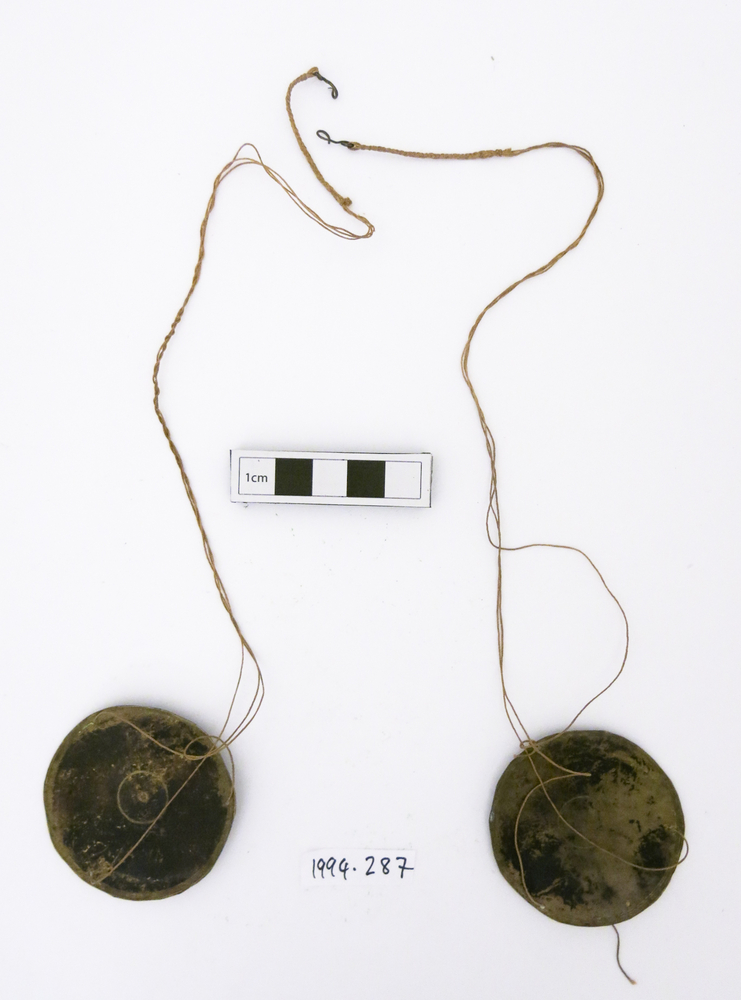
A pair of scales for the measurment of gold dust. Two circular disks of thinly hammered brass are connected by a thin chord.
These scales were used in the process of measuring gold dust across Islamic West Africa. Gold dust was a form of currency, used predominantly by Akan speaking people from the 14th century to 1900, when the practice was banned by the British Government in Ghana in an attempt to standardize trade using a monetary system. Scales such as these would have been part of an assemblage of items used in transactions involving gold dust. This would also have included a box, or leather pouch for carrying the gold, a small spoon for portioning it out, a scoop for cleaning it, a stone for checking its purity, a selection of chicken feathers for collecting very fine dust, and some brass weights. The scales would have been held by a thin bar connecting the two disks – a precarious job. Any dust which fell on the floor of the market place was said to be a sacrifice to the gods and it was forbidden to sweep it up.



